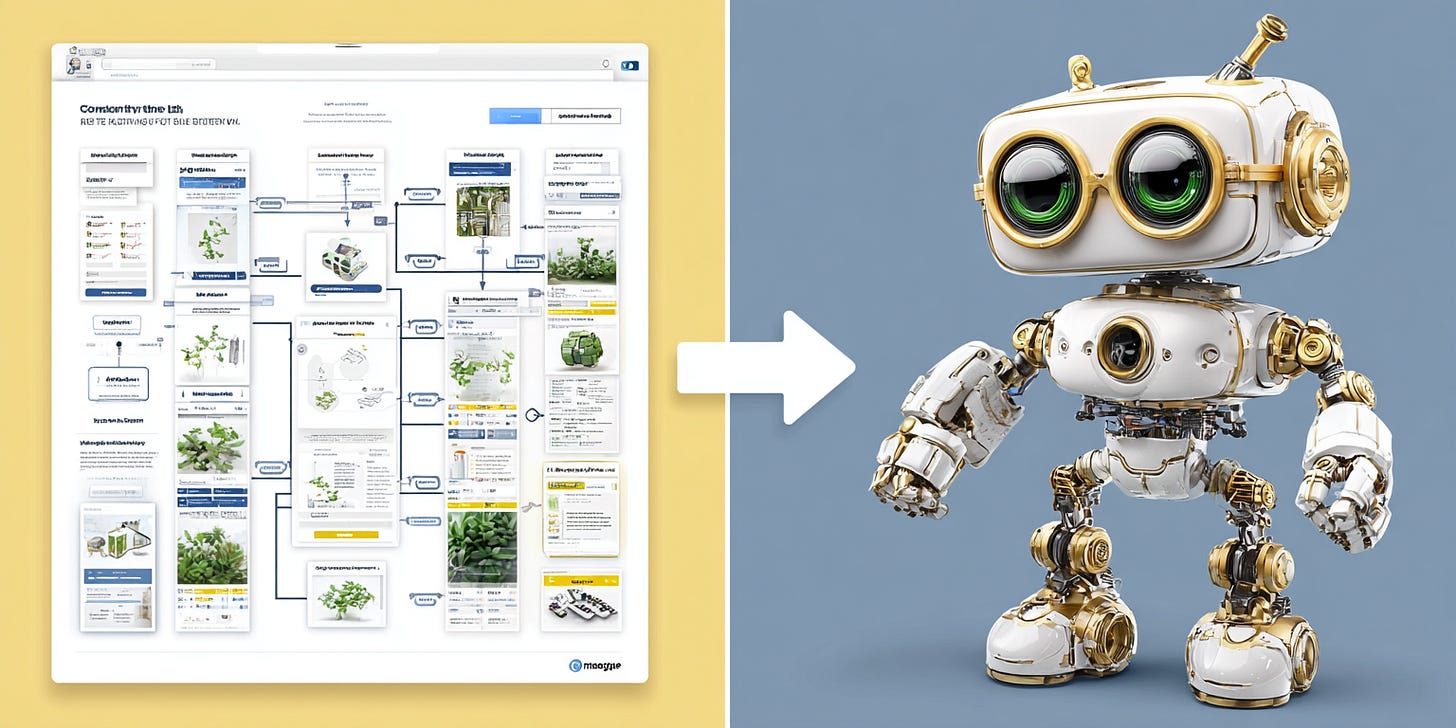New UX Challenge—Talking to AI
You’ve built clean interfaces, streamlined flows, and crafted microcopy that sings. But now you’re facing something new: AI prompts. And suddenly, the medium is the message. Write it poorly and your assistant stumbles; structure it well, and it becomes magic. The difference? Markup.
Why Markup Languages Matter in AI Conversations
In traditional UX, you shape interface experiences. But with AI-driven tools like ChatGPT, Claude, and Gemini, the prompt is the interface. Markup languages help clarify intent, define structure, and reduce ambiguity. They also allow you to influence how large language models interpret user requests and respond.
Whether you’re prototyping a multi-turn chatbot or building a content-generation assistant, using markup is how you “speak AI” fluently.
When to Use What: Markdown vs XML vs Role-Based Markup
Let’s demystify the major formats you’re likely to encounter:
ScenarioUse This FormatWhy It WorksSimple formatting + structureMarkdownClean, readable, and universally supportedRole-based, multi-turn conversationsChatML (XML-style)Separates system, user, and assistant roles clearlyModular, reusable prompt templatesPromptMLGreat for teams working on consistent voice/tone promptsStep-by-step reasoning tasksLPMLGuides logic-heavy queries (e.g., tutoring, math help)Emotion-aware interaction designEmotionMLTags emotional states to drive empathetic responses
Practical Examples: What This Looks Like in the Wild
1. Make Prompts Less Vague with Markdown
Before:
"Summarize this."
After:
## Task
Summarize the following article:
## Text
[Insert content here]Why It Works: Structured prompts provide models with clearer instructions, leading to more accurate summaries.
2. Use ChatML to Design Multi-Turn Experiences
Before:
"Tell me a joke."
After:
<system>
You are a witty assistant.
</system>
<user>
Tell me a joke.
</user>Result: Responses match tone and context more consistently.
3. PromptML for Brand Voice at Scale
Use Case: Your team needs reusable templates to keep tone consistent across product pages. With PromptML, you define reusable blocks—like headers, summaries, and FAQs—once and plug in new content without rewriting prompts each time.
4. LPML for Stepwise Problem Solving
Use Case: In an educational tool, you want the model to show its reasoning. LPML allows structured chain-of-thought steps, interlaced with logic markers that guide output behavior.
Implementation: How to Start Using Markup Today
Step 1: Use Markdown to Organize Prompts
Start by applying headers and sections to existing prompts. Even adding a ## Task and ## Context improves LLM understanding.
Step 2: Define Roles with ChatML
For tools like ChatGPT or Claude, simulate system messages with <system> and <user> tags to frame personality and control.
Step 3: Modularize with PromptML
If you’re creating prompts in teams or working across projects, explore PromptML for repeatable design patterns.
Step 4: Test with Real Users
Run A/B comparisons. Does the model output vary when you apply markup? Are users clearer on what the assistant can do?
Step 5: Measure Results
Track token usage, task accuracy, and satisfaction. Markup should improve clarity without bloating token counts.
Decision Framework: Choose Your Format Like a Pro
Use this cheat sheet:
IF you want to organize and simplify task instructions → THEN use Markdown
IF you're designing scripted dialogues → THEN use ChatML
IF you're building repeatable components for teammates → THEN use PromptML
IF your model needs to show its logic → THEN use LPML
IF tone and emotion are central to your UX → THEN use EmotionML
What’s Next: Get Markup-Savvy Without Writing Code
You don’t need to be a developer to start using markup in your prompt design. Here’s how you can build muscle fast:
Choose one tool this week (ChatGPT, Claude, Gemini)
Redesign one existing prompt using Markdown or ChatML
Evaluate the difference in output quality and user perception
Markup is your design system for communicating with AI. Start using it intentionally—and watch your interfaces become not just smarter, but more human-centered.
Return to the parent demonstration article.
Tags: Demo
William Trekell : Linkedin : Bluesky : Instagram : Feel free to stop by and say hi!





